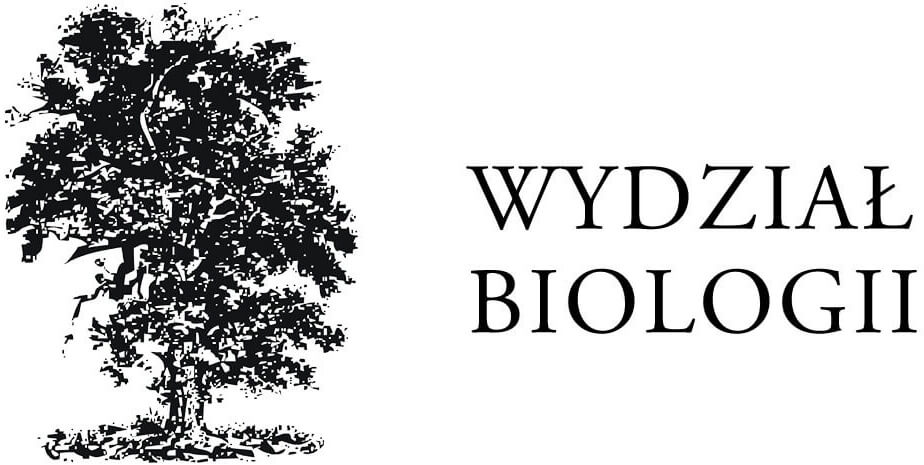The future of infertility treatment
Dr Aneta Suwińska with collaborators
Prof. Anna Ajduk with collaborators
Early mammalian embryos possess extraordinary regulatory capabilities. The discoveries of Professor Andrzej K. Tarkowski, initiated at the Faculty of Biology UW in the 1950s, laid the foundation for modern methods of infertility diagnosis and treatment, including preimplantation genetic diagnosis. Research is continued in two main directions.
The first one focuses on the mechanisms of plasticity and self-organization of embryos. The first research group identified the key role of the FGF4/MAPK pathway and processes such as apoptosis and cell migration in regulation of the mouse embryo development. These studies could contribute to improving techniques for creating transgenic animals and interspecies chimeras, which have applications in biomedical research.
The second line of research focuses on developing non-invasive methods for assessing the quality of oocytes and embryos. Using optical coherence microscopy, which analyzes light wave echoes, it is possible to precisely image the internal structure of cells. This technique, tested on mice, allows for the assessment of embryo developmental potential, which is crucial in human infertility treatment and livestock breeding.
MODERN APPLICATIONS:
Discoveries in embryology support the development of preimplantation genetic diagnostics, optimize assisted reproduction techniques, and enable the design of more precise biomedical tools.
FIGURE CAPTIONS:
Top: The images show XY and XZ scans of an oocyte obtained by optical coherence microscopy (OCM), with the mitotic spindle marked by an asterisk. Below is a 3D reconstruction of the cell spindle.
Bottom: Top row: 19-day-old chimeric mouse embryos with placenta and fetal membranes, created by injecting mouse embryonic stem cells producing red fluorescent protein into an 8-cell mouse embryo producing green fluorescent protein. Before being transferred to the female uterus, the injected embryo was cultured for 2 days in standard medium (left image) or in the presence of FGF4 (right image). Due to the addition of FGF4, only cells derived from the embryonic stem cells (i.e., red cells) contributed to the proper fetus’s body. Bottom row: chimeric mouse blastocysts (nuclei and protein markers of cell lineages are labelled) and an 8-cell mouse embryo (nuclei and cell membranes are labelled).
RELATED PUBLICATIONS:
Dr Aneta Suwińska’s group
- Soszyńska A, Krawczyk K, Szpila M, Winek, Szpakowska A, Suwińska A. (2024) Exposure of chimaeric embryos to exogenous Fgf levels leads to the production of pure ESC-derived mice. Theriogenology 222:10-21. doi: 1016/j.theriogenology.2024.03.017
- Soszyńska A, Filimonow K, Wigger M, Wołukanis K, Gross A, Szczepańska K, Suwińska A. (2023). Multi-level Fgf4- and apoptosis-dependent regulatory mechanism ensures the plasticity of ESC-chimaeric mouse embryo. Development 150:dev201756. doi: 1242/dev.201756
- Wigger M, Świtoń K, Filimonow K, Plusa B, Maleszewski M, Suwińska A. (2017). Plasticity of the inner cell mass in mouse blastocyst is restricted by the activity of FGF/MAPK pathway. Sci Rep 7:15136. doi: 1038/s41598-017-15427-0
Prof. Anna Ajduk’s group
- Morawiec S,Ajduk A, Stremplewski P, Kennedy BF, Szkulmowski M. (2024)Full-field optical coherence microscopy enables high-resolution label-free imaging of the dynamics of live mouse oocytes and early embryos. Commun Biol 7:1057. doi: 1038/s42003-024-06745-x
- Sobkowiak A, Fluks M, Kosyl E, Milewski R, Szpila M, Tamborski S, Szkulmowski M,Ajduk A. (2024) The number of nuclei in compacted embryos, assessed by optical coherence microscopy, is a non-invasive and robust marker of mouse embryo quality. Mol Hum Reprod 30:gaae012. doi: 1093/molehr/gaae012
- Fluks M, Milewski R, Tamborski S, Szkulmowski M,Ajduk A. (2024) Spindle shape and volume differ in high- and low-quality metaphase II oocytes. Reproduction 167:e230281. doi: 1530/REP-23-0281
- Fluks M, Tamborski S, Szkulmowski M,Ajduk A. (2022) Optical coherence microscopy allows for quality assessment of immature mouse oocytes. Reproduction 164:83-95. doi: 1530/REP-22-0178
- Karnowski K,Ajduk A, Wieloch B, Tamborski S, Krawiec K, Wojtkowski M, Szkulmowski M. (2017) Optical coherence microscopy as a novel, non-invasive method for the 4D live imaging of early mammalian embryos. Sci Rep 7:4165. doi: 1038/s41598-017-04220-8
RELATED PROJECTS:
Dr Aneta Suwińska’s group
- The role of intercellular interactions involving Fgf4/MAPK signalling pathway in regulation of development of mouse chimaeric embryo – Sonata grant, National Science Centre (NCN), 2015-2019, PI: A. Suwińska
Prof. Anna Ajduk’s group
- OCM imaging and assessment of oocyte/embryo developmental potential – Opus grant, National Science Centre (NCN), 2018-2022, PI: A. Ajduk
- Development of intraferometric optical methods for research on dynamic biological systems – Applied Research Programme (PBS) grant, National Centre for Research and Development (NCBR), 2013-2015, consortium leader: M. Szkulmowski (coordinator at the UW: A. Ajduk)
